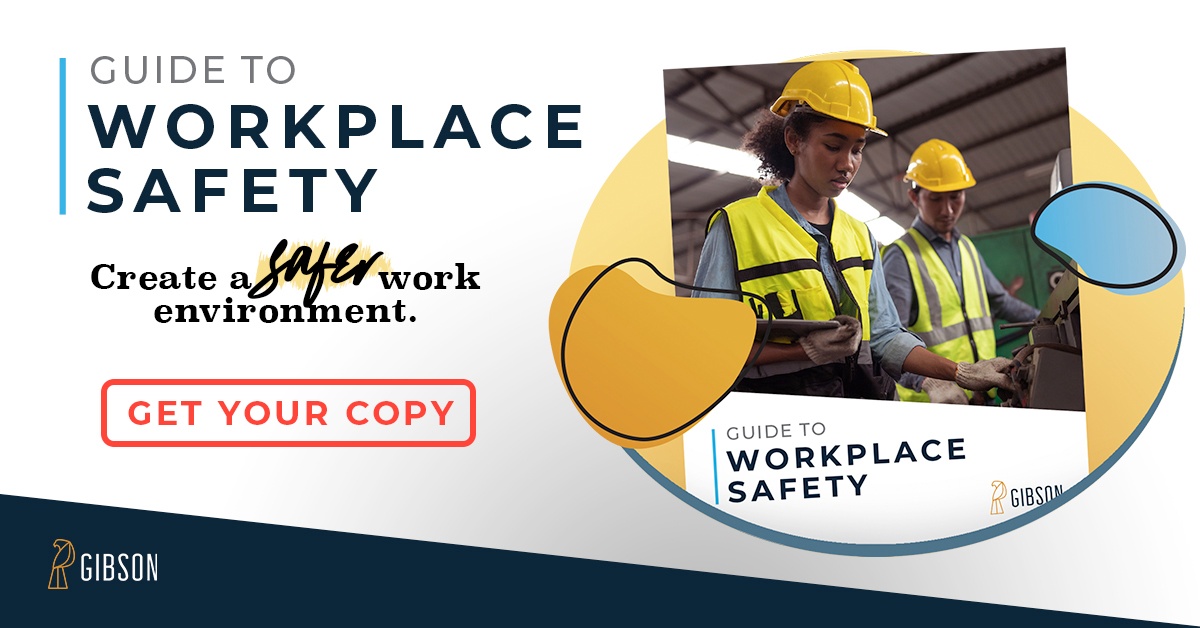Teaming can be powerful when done right. Diverse strengths can be leveraged. Clients can be served better. And if all goes well one plus one can actually equal three.
We began to reorganize our producers into teams several years ago. In fact, we were recently featured in Rough Notes magazine specifically for our team selling model. We went as far as formally merging their books of business and even their compensation. The teams are responsible for attracting and developing additional production talent. By most accounts internally, this has gone really well. The blend of generational talent has unlocked a lot of potential and helped fuel strong growth for our organization.Teaming does have its challenges. It requires a great deal of engagement and transparency. As leadership consultant Lolly Daskal wrote in a recent blog post, “Top-performing teams spend time cultivating trust, investing in relationships, and collaboratively developing and refining their mission, purpose, roles, and challenges.”
My partner Brad Serf leads our construction team. When I asked him about the formation of his team, he said, “It was critically important that we understood each other’s strengths and weaknesses and the value of the different roles we each play. This allows us to function at a very high level without concern for egos or perceived value of a given skill set.”
Brad’s team spans three of our offices and includes service members working remote. “We couldn’t do it without technology. GoToMeeting as well as more traditional forms of remote communication such as email, phone, and text are used with high frequency and are very effective,” said Brad. “It is part of our team culture that messages are checked frequently throughout each day and night and we get back with one another quickly.”
He also said something interesting in regards to individual accolades within the team. Said Brad, “While it is important to set goals and measure our progress toward the target, we have agreed that it is not productive to focus on or score individual accomplishments toward the goal. Recognition is important for sure – and we emphasize it – but measuring new business individually is counterproductive to team chemistry.“
As a team leader myself, I share similar experiences and feelings as Brad. Although we might have an idea of what “done right” looks like from the leader’s perspective, I wanted to know how somebody newer to team dynamics felt. I decided to talk with one of our rising stars – who is on a team – to understand his vantage point as an “up and comer”.
Here are the top things he looks for from a team leader.
- Positive attitude: The team leader should be extremely upbeat and buy into the organizational values and long-term goals. Negativity is contagious and new employees and team members need to be surrounded by positive people who are committed for the long haul.
- Good personal relationship: The more you talk about personal goals, life problems, family, and fun creates a much stronger connection.
- Listen, listen, listen: After a short period of time, the “apprentice” will start to develop some insight of their own. Whether it is good, bad, or indifferent, listen first and then respond accordingly. There needs to be a level of “trust” here that both the team leader and apprentice know they can go to each other and discuss things in confidence.
- No one likes to be “mentored” all the time: I think it is important to allow the student to show the teacher a few things. Let them be creative and share their perspective when the time is right. This makes me feel valuable and needed. This will also help retention as the “student” will become intricately involved in relevant discussions & decisions.
- Patience is critical: Not everyone is going to be perfect all the time. There are times when supervision isn’t as critical. Use these opportunities to help me learn from my own mistakes. Keep it positive as nobody likes to be criticized. However when it is done correctly, know that I will embrace it and learn from it.
- Be an encourager: The fact is everyone needs to know that they are doing a good job and that their work is VALUED. This can be done internally and externally. Internally is pretty obvious. Externally might be at a client meeting or social event. It always feels good when your boss boasts to outside parties about you and in front of you.
- Paint a picture of the future: It’s more important than ever to discuss and describe what a career path might look like. Younger generations need to know that there is a plan and that their manager is willing to advocate for them within the organization. A strong mentor should advise on ways for a mentee to “showcase” their work to others both internally and externally. This includes clients and centers of influence. This creates an atmosphere conducive for personal and professional development that will drive long-term commitment to your organization.
What’s The Risk?
Teaming holds so much promise and opportunity, but there is risk for sure. Significant issues can occur when the parts and pieces do not fit well together. Productivity and output can slide. Personality issues can become amplified and lead to feelings of resentment amongst team members. And you likely are putting your talent at risk due to the lack of harmony and success. But it doesn’t have to be like that!
Try using the list above. They are seven small things you can do that will have a lasting impact on the growth and development of your team!



